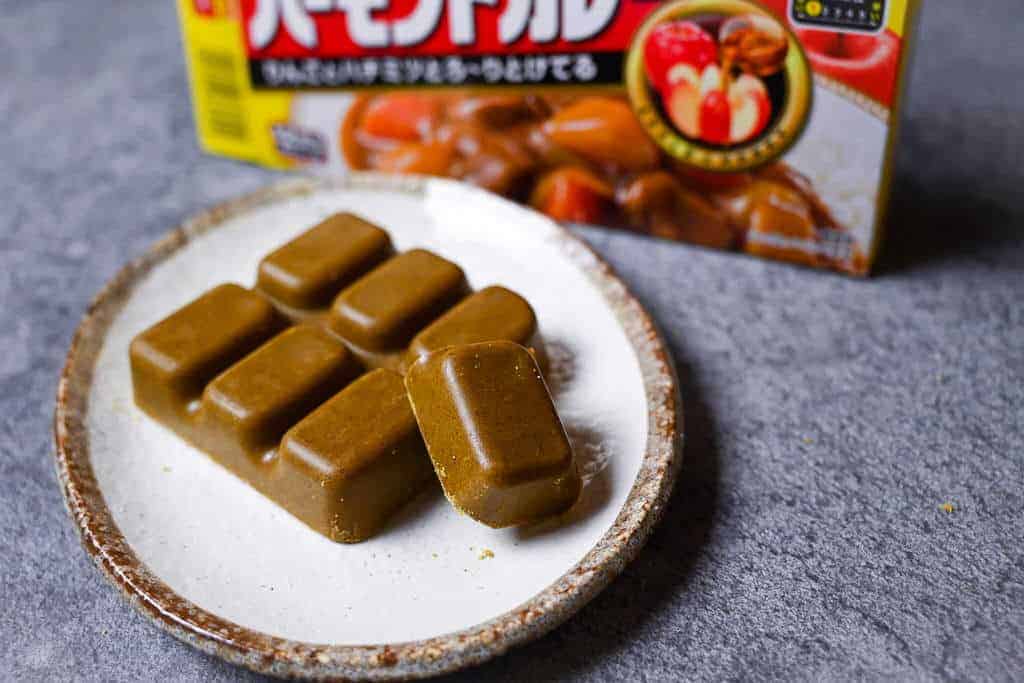Unlock the Flavorful World of Japanese Curry Cubes for Your Family
Welcome, busy parents! Are you looking for a quick, simple, and utterly delicious meal to delight your family? Look no further than the humble yet mighty Japanese curry cube!
Japanese curry cubes, or kare raisu as it’s called in Japan, are a family mealtime staple — and for good reason! They are a fantastic way to whip up a nutritious, comforting, and customizable dish that can satisfy even the pickiest of eaters. Whether you’re a seasoned curry aficionado or new to this culinary gem, our guide is here to walk you through the wonders of Japanese curry cubes and how to turn them into a weeknight win.
What Are Japanese Curry Cubes?
First things first, let’s chat about what Japanese curry cubes are. These small blocks contain a concentrated blend of spices, seasonings, and thickening agents that dissolve into a warm, hearty sauce when mixed with water or broth. Unlike their Indian counterparts, Japanese curry cubes have a milder flavor and a slightly sweet undertone, making them a hit with children and adults alike.
Why Parents Love Japanese Curry Cubes
- Time-Saving: Preparing a meal from scratch is often a luxury with little ones running around. These cubes cut down cooking time dramatically, giving you a full-flavored dish in minutes.
- Customizable: The beauty of Japanese curry is its versatility. You can toss in almost any vegetable or protein you have on hand, ensuring no two curries are the same.
- Nutrient-Rich: It’s easy to pack a nutritious punch by adding a variety of veggies and lean meats to your curry. Even better, the sauce itself often incorporates healthful ingredients like turmeric and ginger.
- Freezer-Friendly: Make a large batch and freeze portions for those evenings when time is not on your side. Curry even tastes better the next day as the flavors deepen!
Selecting the Perfect Curry Cube
Now that we’ve piqued your interest, you might wonder how to select the best curry cube for your family’s taste buds. In the world of Japanese curry cubes, there are several brands and heat levels to choose from. Here are a few tips:
- Brand Matters: Each brand has its unique blend of spices. Popular options include S&B and House Foods, both of which offer different heat levels.
- Heat Levels: Typically, you’ll find mild, medium-hot, and hot. Start with mild for young children or if you’re unsure of your family’s spice tolerance.
- Ingredients: Check the ingredient list for any potential allergens and the quality of ingredients used in the curry cubes.
Preparing Japanese Curry with Kids
One of the joys of cooking with Japanese curry cubes is how kid-friendly the process can be. It’s an excellent opportunity to get your little helpers involved in the kitchen! To keep it fun and safe, assign age-appropriate tasks such as washing veggies, measuring water, or stirring the pot under supervision. What’s more, children are more likely to eat what they’ve helped to make – a win-win for encouraging those vegetarians!
Now that we have laid the groundwork for your next culinary adventure, in our next section, we will dive into kitchen preparations and cooking tips that ensure your Japanese curry experience is both seamless and scrumptious. You’ll learn how to properly dissolve those curry cubes for the perfect consistency, explore various ingredient combinations, and get creative with serving suggestions that’ll have your kids asking for seconds!
Ready your aprons and spatulas, dear parents, for we are about to transform your family meal routine with the delightful ease of Japanese curry cubes — healthy, flavorful, and adored by kids and adults alike. Let the curry exploration begin!

5 Things Parents Should Know When Preparing Japanese Curry Cubes
1. Understanding the Basic Curry Cube Ratio
The first step in mastering Japanese curry is knowing the basic ratio of curry cubes to liquid. Typically, one cube is enough for one serving, and when it’s combined with the recommended amount of water or broth, it creates the perfect sauce consistency. Adjust the liquid volume depending on how thick or saucy you prefer your curry.
2. The Art of Dissolving Curry Cubes
To ensure a smooth and even curry sauce, start by bringing your liquid to a boil, then lower the heat before adding the curry cubes. Stir continuously until the cubes have fully dissolved. Remember, patience is key – rushing this process can lead to lumps in your sauce.
3. Incorporating Vegetables and Proteins
Japanese curry is incredibly forgiving, allowing for a multitude of ingredient combinations. Soft vegetables like carrots and potatoes can be added early to simmer and absorb the flavors, while quick-cooking veggies like peas or bell peppers can be thrown in towards the end. As for proteins, chicken, beef, pork, and even tofu are all great options that pair well with the curry sauce.
4. Flavor Enhancements and Kid-Friendly Add-Ons
While the cubes are flavorful on their own, don’t be afraid to personalize your curry. A dash of soy sauce, spoonful of honey, or a sprinkle of cheese can transform the dish. For a kid-friendly twist, consider adding fun elements like fruit chunks or a sprinkle of crispy tempura flakes for added texture.
5. Serving Your Curry
Traditional Japanese curry is served over a bed of steamed rice, but feel free to get creative – it goes well with noodles, bread, or even as a filling for a savory pie. For fussy little eaters, try shaping the rice into fun forms using molds, or use the curry sauce as a dip for bread sticks.
Kitchen Preparations and Cooking Tips for Perfect Japanese Curry
Before you begin cooking, gather all your ingredients and prepare your vegetables and proteins by cutting them into bite-sized pieces – this ensures that everything cooks evenly and is just the right size for little mouths. Here’s a step-by-step process to get you started:
- Heat Your Pan: Start by heating some oil in a large skillet or pot over medium heat.
- Sauté Proteins: If using meat or tofu, add them first and cook until they’re browned all over.
- Add Vegetables: Next, add the harder vegetables, such as onions, carrots, and potatoes. Give them a quick sauté.
- Pour in Liquid: Add water or broth to your pot, and bring it to a boil. Once boiling, lower the heat to a gentle simmer.
- Dissolve Curry Cubes: Add your Japanese curry cubes to the pot. Stir constantly until the cubes are completely dissolved and the sauce thickens.
- Simmer: Let your curry simmer for a few minutes. If you have quick-cooking vegetables, add them in the last 5 minutes of cooking.
- Adjust Seasoning: Taste your curry and adjust the seasoning if needed with salt, pepper, or additional spices.
- Serve: Spoon your steaming curry over freshly steamed rice, and voilà, dinner is ready to be devoured!
Remember, cooking should be as joyful as eating – don’t stress over precision. Curry is all about comfort and flavor, and with these cubes, a fantastic meal is just minutes away. Invite your kids to watch the transformation from solid cube to creamy sauce, letting them marvel at the magic of cooking. Ready to get started on this tasty culinary journey? Grab your curry cubes and let’s make some happy kitchen memories together!
For more great articles please see here. For more information see here
Disclaimer
The articles available via our website provide general information only and we strongly urge readers to exercise caution and conduct their own thorough research and fact-checking. The information presented should not be taken as absolute truth, and, to the maximum extent permitted by law, we will not be held liable for any inaccuracies or errors in the content. It is essential for individuals to independently verify and validate the information before making any decisions or taking any actions based on the articles.




